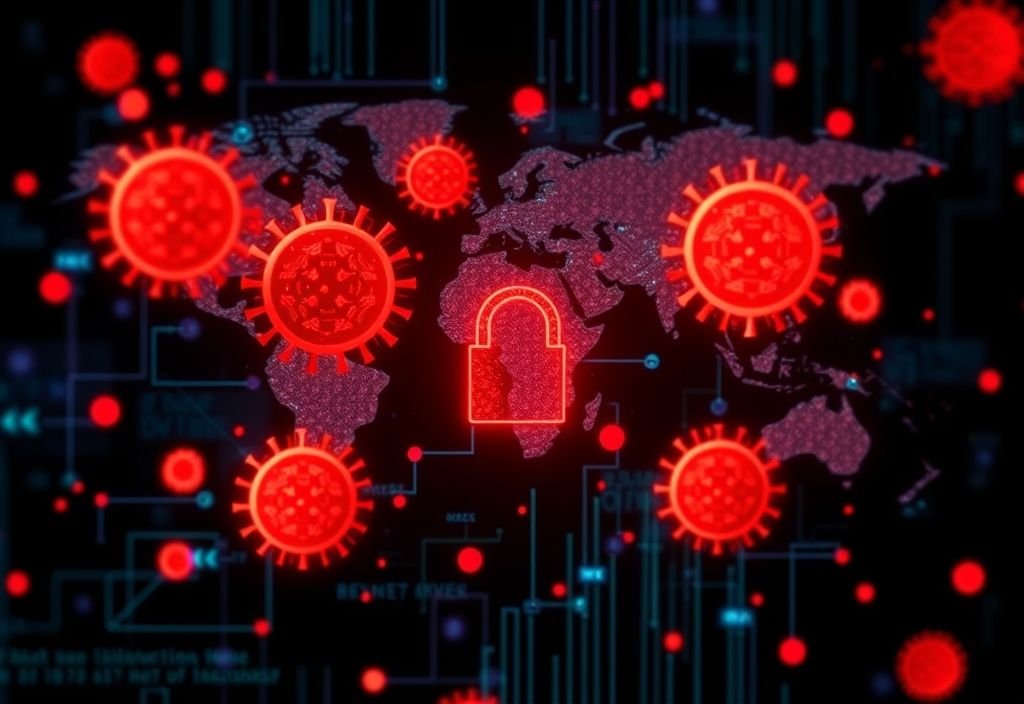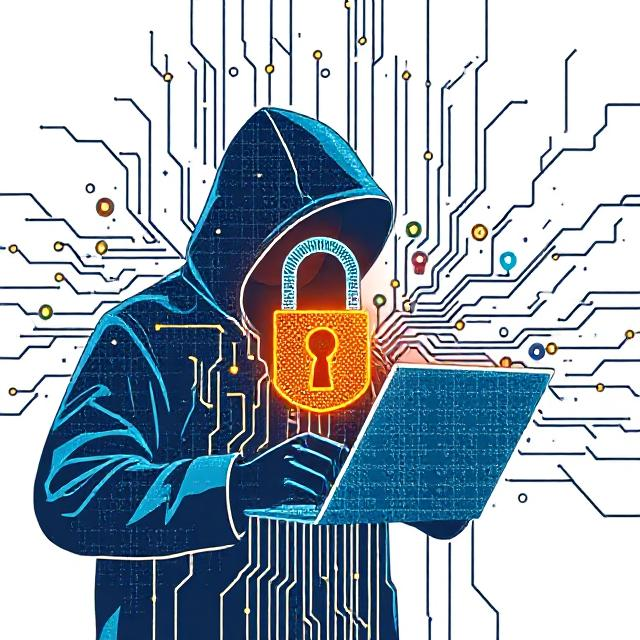Understanding the Key Difference Between Malware and Ransomware

Understanding the Key Difference Between Malware and Ransomware
Malware and ransomware are both dangerous types of software that can harm your device or compromise your data. In 2024 alone, over 60 million new malware variants were discovered online. Knowing how they work — and how they differ — is key to staying protected.
What Is Malware?
“Malware” is a general term for any harmful software designed to damage systems, steal information, or gain unauthorized access. Common types include:
- Viruses : Spread from one device to another.
- Worms : Replicate automatically without user action.
- Trojans : Disguise themselves as legitimate software.
- Spyware : Secretly tracks your activity.
Malware often works silently in the background, causing issues like system slowdowns, data theft, or even using your device to attack others.

What Is Ransomware?
Ransomware is a specific type of malware that encrypts your files or locks your system entirely, then demands payment (usually in cryptocurrency) to restore access. Attackers may either provide a decryption key after payment or simply disappear with the money.
In 2024, the average ransom demand reached $2.73 million — a sharp rise from previous years. Two main categories exist:
- Locker ransomware : Locks you out of your entire system.
- Crypto ransomware : Encrypts your personal files only.
Key Differences
The main difference lies in their intent :
- Malware aims to damage, spy, or steal.
- Ransomware focuses on extorting money by holding your data hostage.
Also, while malware often stays hidden, ransomware makes its presence known immediately through a ransom note.
How Do They Infect Devices?
Both typically spread through:
- Suspicious email attachments
- Fake websites
- Infected USB drives
- Outdated software
Newer threats like fileless malware are rising, and AI-driven attacks are expected to grow significantly in the coming years.
Signs of Infection
Watch out for these red flags:
- Malware : Slow performance, pop-ups, crashing apps
- Ransomware : Files won’t open, ransom messages appear, changed desktop backgrounds
How to Protect Yourself
Here are some basic but effective steps:
- Keep all software updated
- Use strong passwords and change them regularly
- Avoid clicking unknown links or downloading suspicious files
- Back up your files frequently — especially offline backups for ransomware protection
- Use trusted antivirus and anti-ransomware tools
If You’re Under Attack
If infected:
- With malware : Disconnect from the internet, run a full scan, delete infected files, and reset passwords.
- With ransomware : Don’t pay the ransom — it rarely helps. Report the attack, disconnect your device, and try restoring from a clean backup.
Why It Matters
Understanding the difference helps you respond more effectively. Quick identification leads to faster recovery and better data protection.
Stay Alert Online
Cyber threats are growing fast, but so are our defenses. Being aware, cautious, and proactive is your best shield in today’s digital world.





